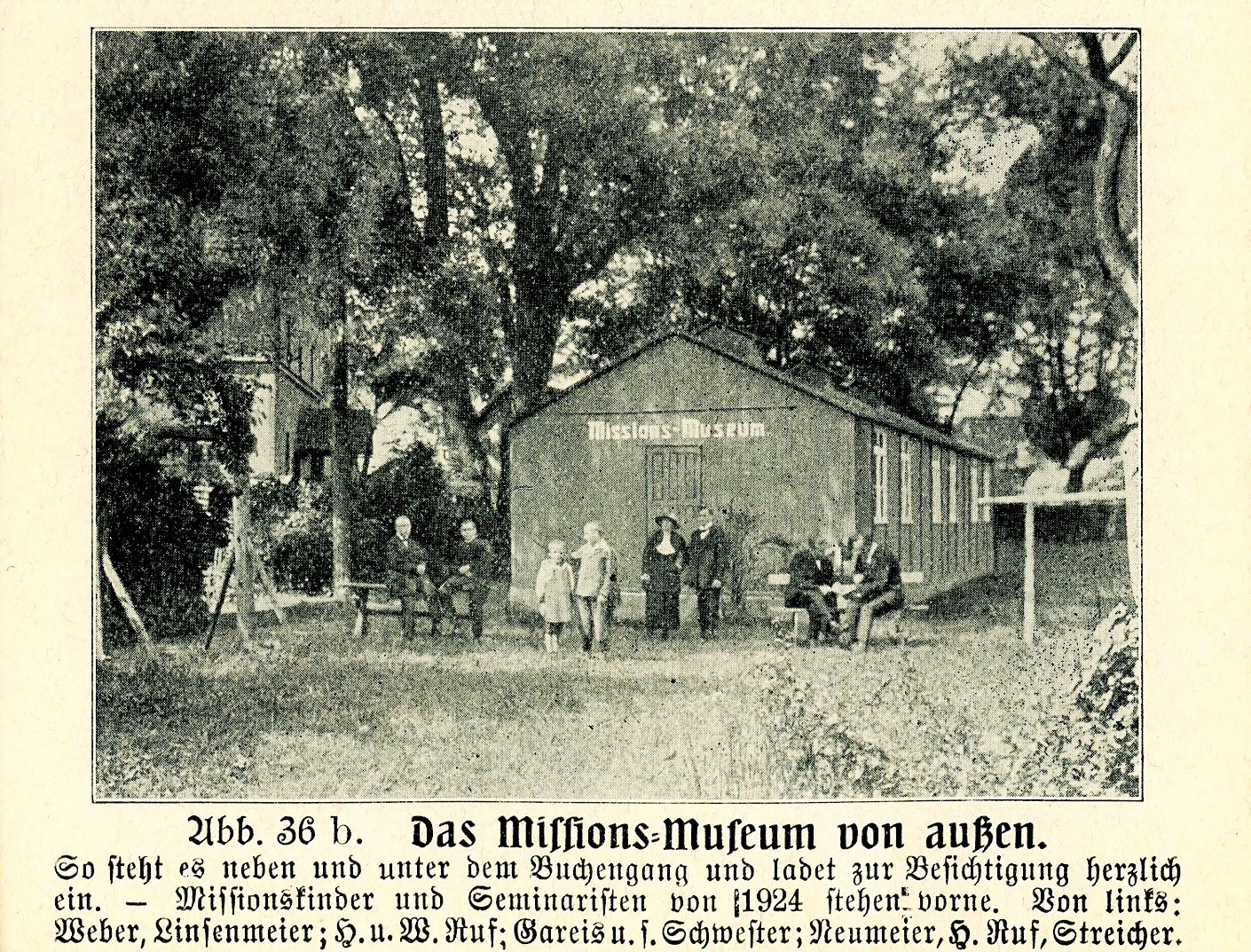Historical Background
The history of the Lutheran mission in Papua New Guinea shows, that the early missionaries soon learned to take thorough look into the culture of the people. Renowned German anthropologists encouraged the missionaries to undertake ethnological and language research. The missionaries soon realized, that the only basis to initiate the Christian message was by bringing peace, abolishing sorcery, tribal warfare and a respect for women in religious and tribal affairs, which required an in-depth-understanding of the local language and culture. Renowned museums of ethnology in Vienna, Berlin and elsewhere collected artefacts with the help of missionaries, when these were not really appreciated anymore by the local people, because “western” goods, tools and clothing were more durable and prestigious.
It was only a matter of time, when the missionaries themselves started to collect artefacts in order to present these in a museum, so as to give an insight into the traditional culture and religion, in order to explain and justify their missionary task.
The Neuendettelsau missionaries certainly had a cautious and nuanced view of the local customs. They did not want to change everything with the Christian message. “Some customs of the people, while they may be strange at first sight for a European, have a preserving power and are worthwhile to be cultivated by the mission church.” This judgement by Johann Flierl, the founder of the mission, was generally accepted. It was a precondition of missionary activity to learn the language, the expressions, the symbolism, the songs, the myths and the tribal laws.

